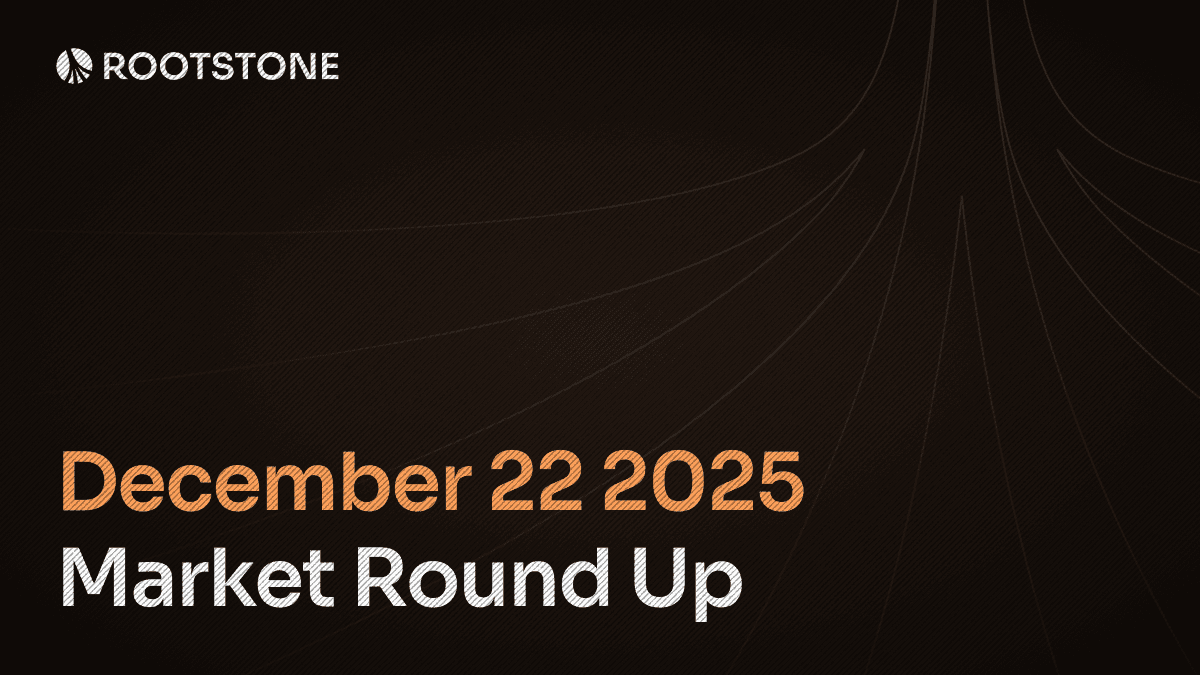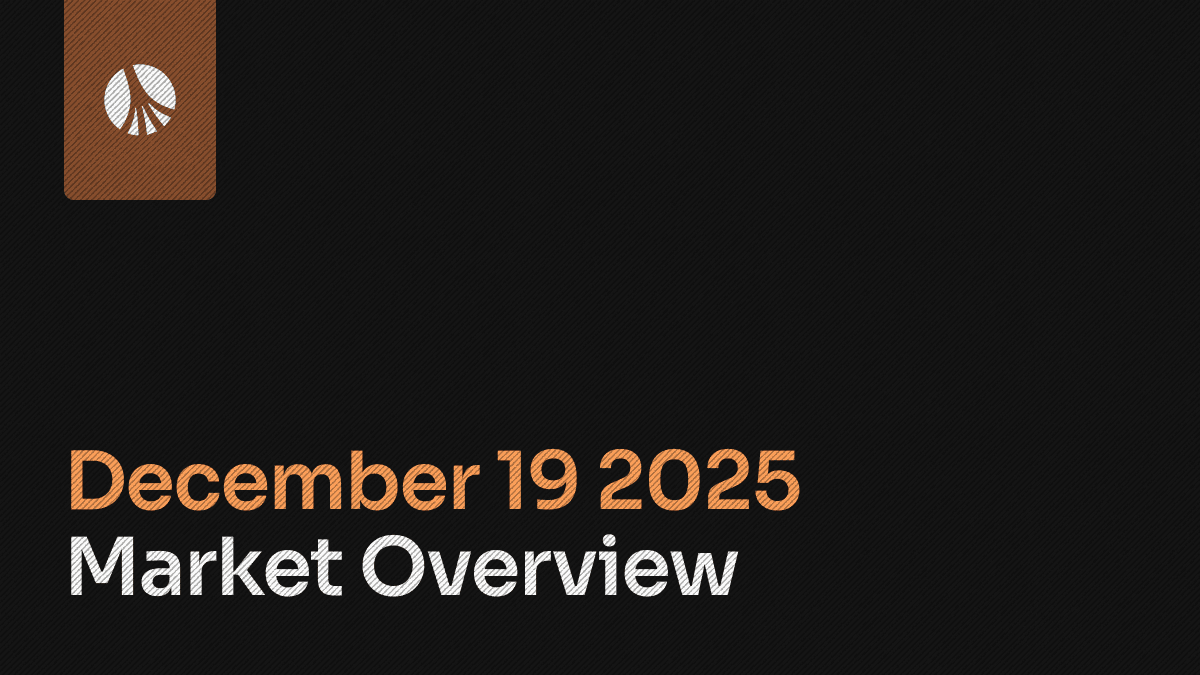Jun 25, 2025
What Are Funding Rates and Why Do They Matter?
Perpetual futures contracts, unlike traditional futures with fixed expiration dates, allow continuous trading, making them popular in crypto markets. However, without expiry, their prices can deviate from the underlying asset's spot price. To address this, exchanges implement funding rates, which are periodic payments between traders holding long and short positions. These payments ensure the contract price aligns with the spot price, maintaining market stability and fairness.
For example, if many traders expect Bitcoin's price to rise, creating a surge in long positions, the perpetual contract price might exceed the spot price. Funding rates adjust this imbalance by having longs pay shorts, incentivizing more short positions to bring prices back in line.

Detailed Explanation of Funding Rates
Funding rates are not a one-size-fits-all mechanism; they vary by exchange and are updated periodically, often every eight hours, though this can differ by exchange.
The core idea is to reflect market demand and supply dynamics, ensuring perpetual contracts trade close to spot prices.
Example:
Funding Rate: 0.01% (every 8 hours)
Notional Position: $100,000
You pay or receive: $10 every funding interval
This mechanism is crucial for perpetual futures, as it mimics the price convergence seen in traditional futures at expiry, but continuously, without a settlement date.
Importance in Perpetual Futures
Funding rates are vital for several reasons, impacting both market dynamics and trader strategies:
Price Alignment: They ensure perpetual futures prices do not deviate significantly from spot prices, maintaining market efficiency. This alignment is critical for arbitrage opportunities and fair pricing.
Market Balance: By adjusting costs, funding rates prevent market skew, where one side (longs or shorts) dominates, which could lead to price bubbles or crashes. For instance, during bullish markets, high positive rates discourage excessive long positions.
Sentiment Indicator: Funding rates reflect market sentiment. Consistently high positive rates suggest bullishness, as seen in uptrends, while negative rates indicate bearishness, often during downtrends.
Cost Management: For traders, funding rates directly affect holding costs. Over extended periods, these fees can erode profits, especially during high volatility, making it essential to monitor rates.
How Can Traders Strategically Respond?
Sentiment Analysis: Funding rates act as a sentiment indicator, with high positive rates often signaling market tops. For example, rates above 0.1% every eight hours might suggest euphoria, prompting traders to take partial profits or avoid new longs.
Cost Consideration: Traders holding positions must account for funding costs, especially during volatile periods. For instance, if planning a long-term long position during positive rates, the cumulative fees could impact returns, suggesting a strategy to wait for negative rates or adjust leverage.
Arbitrage Opportunities: Funding rate arbitrage involves going long on the spot market and short on perpetual futures when rates are positive, collecting payments while hedging price risk.
Advanced Strategies: Trading against the funding rate, such as entering opposite positions before updates, is more suited for automated bots due to its risk.
Whether you’re looking to enhance market liquidity, execute large trades, optimize treasury operations, or explore strategic partnerships, Rootstone is here to help.




